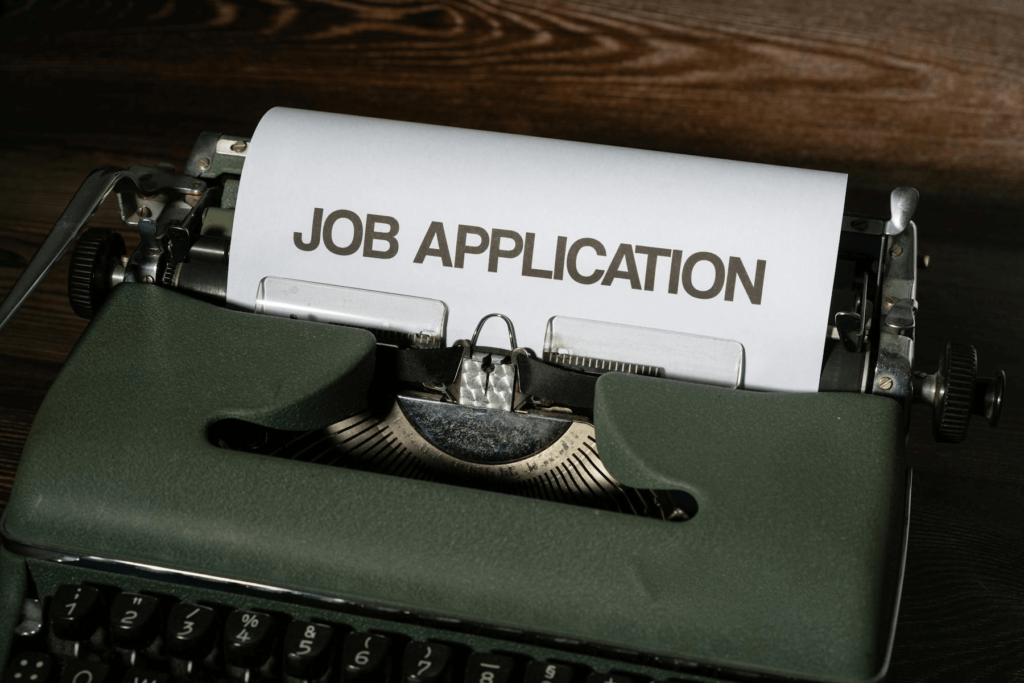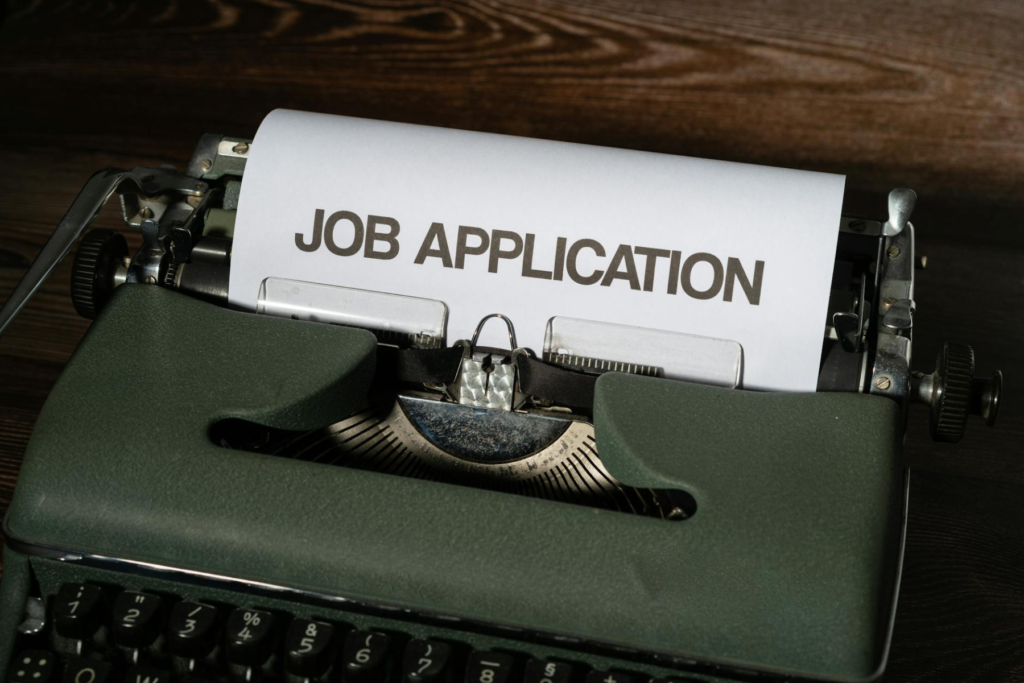Having employment gaps on your resume is more common than you might think, whether due to personal reasons, education, or career changes. However, it can still make the job search challenging, as some employers may see gaps as a red flag. In this guide, we will show you how to handle employment gaps in a way that doesn’t hurt your chances with employers and even turns those gaps into strengths.
Strategies for Addressing Employment Gaps
Handling employment gaps on your resume requires honesty, strategy, and framing your breaks in the most favorable light possible. Here’s how to approach it:
Explaining Employment Gaps in Your Resume and Cover Letter
When it comes to explaining employment gaps, the key is to be honest while shifting the focus to your readiness for the job:
- Be Transparent: Don’t try to hide employment gaps, as employers may notice inconsistencies in your work history. Instead, briefly explain the gap in a cover letter or during an interview. For example, you can mention that you took time off for personal reasons, caregiving, or professional development.
- Highlight What You Did During the Gap: If you took courses, earned certifications, or did freelance work during your time away, mention these on your resume. It shows that you stayed active and continued developing your skills.
- Keep It Brief: If you include a reason for the gap on your resume, keep it short and professional. For instance, write “Sabbatical for personal development” or “Time off for caregiving.”
Turning Employment Gaps into Positives
You can use employment gaps to your advantage by showing how they’ve contributed to your growth:
- Emphasize Professional Development: What do you do if you have pursued skill training, certification courses, or completed further education? Simply mention it in your resume! When employers or recruiters go through your resume, they will know you have used your time productively to enhance your skills.
- Explain How the Experience Made You a Better Candidate: If you took time off to care for a family member, you could explain how it strengthened your problem-solving skills or resilience.
- Show Enthusiasm for Returning to Work: Express your eagerness to get back to the workforce and how the time away has prepared you for your next career step.
By framing employment gaps in a positive light, you show potential employers that you’re proactive and focused on growth.
Filling Employment Gaps with Relevant Experience
If you’ve stayed active in any capacity during your employment gap, make sure to highlight those experiences on your resume.
Highlighting Freelance Work, Volunteering, or Side Projects
Even if you weren’t employed in a traditional role, you may have engaged in other activities that demonstrate your skills and dedication:
- Freelance Work: If you took on freelance projects during your gap, list them under a section like “Freelance Experience” or “Consulting Work.” Describe the previous freelance projects you worked on, the skills you used, and the results you achieved.
- Volunteering: Volunteer work can be just as valuable as paid employment, especially if it involves skills related to the job you’re applying for. Include volunteer positions in your work history, and describe your role and achievements.
- Side Projects or Personal Ventures: If you worked on personal, college, or volunteering projects, such as creating a blog, starting a small business, assisting a small or large business, or developing an app, include these experiences. They show initiative and skill development.
Add these minor activities to your resume as part of your professional experience and fill employment gaps with meaningful content.
Using Skills-Based Resumes to Focus on Qualifications Over Timeline
A functional resume format (skills-based resume format) primarily focuses on your skills and achievements. Unlike other resume formats, it does not display your chronological work history.
Let’s have a quick view of how it works:
- Highlight Skills and Achievements First: Start your resume with a Skills section. In the next section, which is Professional Achievements, you can mention all your accomplishments. This is one of the most manageable formats that allows you to demonstrate your qualifications without emphasizing employment dates.
- List Work Experience After Skills: Always add your work experience to the bottom of your resume. What does it do? This reduces the visibility of employment gaps while still including your relevant job titles and duties.
- Combine Experience Categories: If you’ve had multiple roles (including freelance, part-time, or volunteer work), group them under a single heading like “Relevant Experience” to show continuous activity.
Skills-based resumes are ideal for those with career changers, employment gaps, or those with diverse work experiences.
FAQs
How do I explain employment gaps on my resume?
Be honest but concise when explaining employment gaps. Mention that you took time off for personal reasons, professional development, or caregiving, and highlight any activities or achievements during the gap. You can address this more thoroughly in your cover letter.
Can employment gaps hurt my chances of getting hired?
Employment gaps may raise questions for employers, but they don’t have to hurt your chances if you address them strategically. Explain the gap honestly, focus on what you did during the time off, and highlight your readiness to re-enter the workforce.
Should I use a functional resume if I have gaps in my work history?
A functional resume can help de-emphasize employment dates and focus on your skills and accomplishments instead. This format is handy for those with significant gaps, career changers, or a diverse work history.
How can I turn an employment gap into a positive on my resume?
Show how you used the gap productively, such as pursuing education, freelancing, or volunteering. Emphasize how the experience contributed to your growth or helped you develop new skills.
What are the best ways to fill employment gaps on a resume?
Fill gaps by including freelance work, volunteer roles, personal projects, or further education. List these activities in your work history to demonstrate that you remained active and continued building your skills.
Can volunteer work or side projects help fill gaps in employment?
Yes, of course! Side gigs and volunteer work related to your desired job are best to fill the gaps in employment. You can mention the achievements and skills that you learned in the Experiences or Work Experience section.
Final Words
Now, employment gaps won’t hold you back from getting your desired job.
With our shared tips, you can address them and showcase your skills, short-term programs, previous experiences, and other things you learned for development and growth while you were taking a break. Become a qualified candidate by following our tips to create a strong resume. So go and start building your resume and turn the employment gaps into new opportunities to find the job you want.










